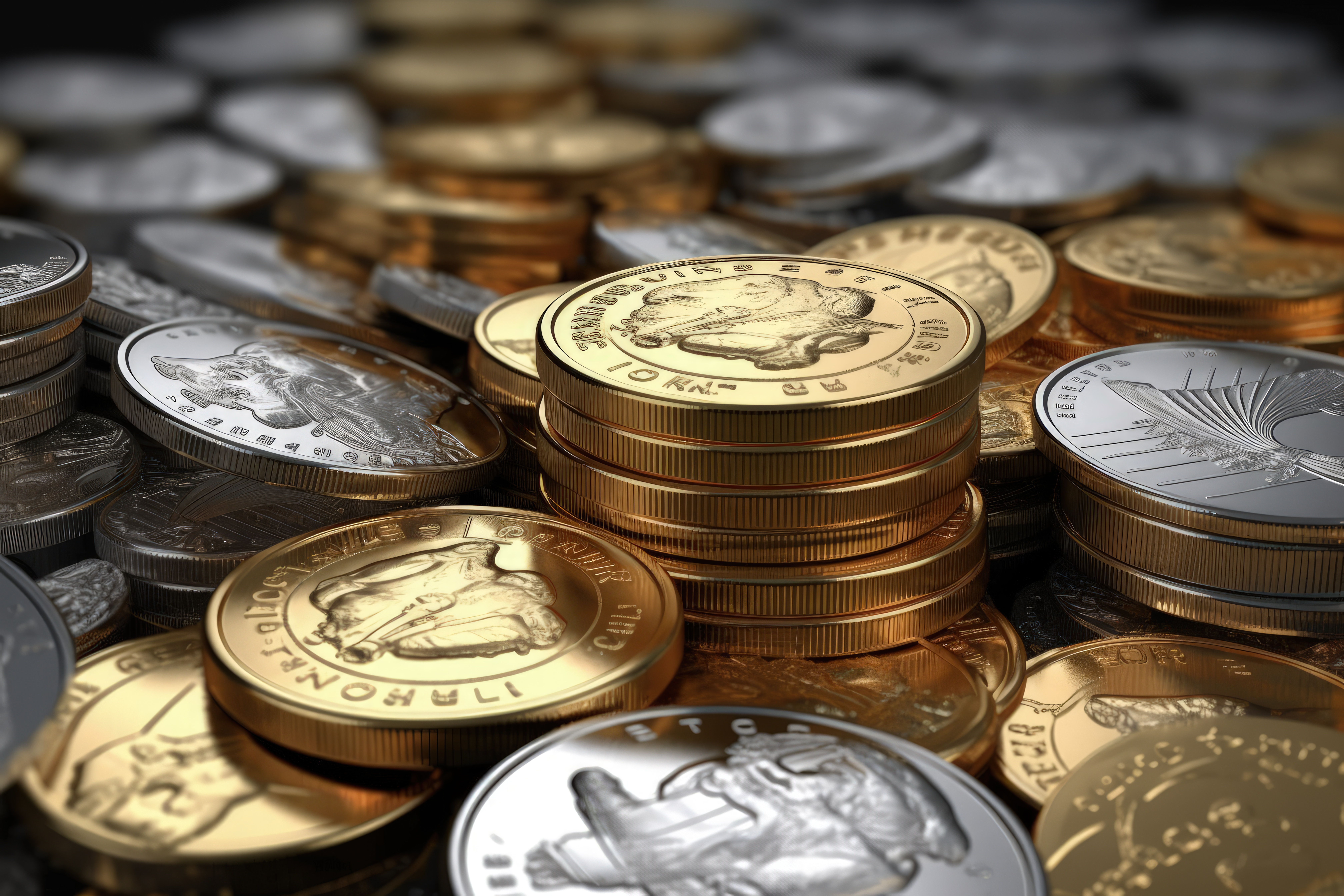What Is Details Grading in Coins?
Understanding Details Grading in Coin Collecting
Not all coins are perfect. In some instances, collectors appreciate imperfections, as is the case with the 1955 double-die obverse Lincoln cent. It has a double date and other issues caused by a misalignment during the striking process. This is just one example of a coin that may be part of a system known as details grading, which allows buyers and sellers to be aware of any imperfections. Below, the professionals from First National Bullion, San Diego gold coin dealers with experience and market know-how you can rely on, explore this topic further.
Why Is Details Grading Necessary?
Originally, coins were returned to the mint or dealer if any errors were discovered, a process referred to as “body bagging.” However, there was often confusion over what the errors were and other details. This led to the creation of a system for identifying mistakes and other imperfections on coins, known as details grading. Grading of this nature is assigned by major coin and bullion organizations such as the Numismatic Guaranty Corporation (NGC) and the Professional Coin Grading Service (PCGS).
What Imperfections Make Details Grading Necessary?
Several flaws warrant a details grading. For instance, if a coin has been cleaned, it’s often graded, as cleaning removes tiny bits of surface material, especially on older coins with a natural coating. Other common reasons for details grading include:
- Scratches
- Rim damage
- Physical alterations that detract from a coin’s historical integrity and appeal
- Excessive toning
- Exposure to environmental damage, such as high humidity or corrosive materials
- Planchet flaws
- Cracks
- Die errors
- Substances such as wax, putty, or lacquer added to a coin’s surface
Note: Coins aren’t graded by the two major grading organizations if they have PVC damage, which causes a greenish, milky, or greyish residue that results from improperly storing coins in plastic flips or holders that contain PVC.
How Do NGC and PCGS Grade Coins?
Both organizations have grading systems in place for errors on coins. However, there are some key differences to keep in mind. Let’s look at how each organization handles the details grading process.
NGC focuses on surface issues with its grading system. Instead of numerical grades, NGC uses adjectives such as very fine (VF) and extremely fine (EF). Each grade includes a short description of the issue(s) and confirmation of the authenticity of the coin. NGC focuses on issues such as:
- Cleaning with harsh chemicals or materials
- Prominent scratches
- Altered surfaces (wax applications, etc.)
- Corrosion, excessive toning, or verdigris
PCGS doesn’t use adjectives as the main focus of its details grading system. Instead, they focus on coins that can’t be graded with a traditional numerical system due to various imperfections. PCGS also describes the issue(s) and confirms the authenticity of the coin. Common errors or issues identified by PCGS include:
- Harsh cleaning or polishing
- Waxing and other surface applications
- Prominent scratches or marks
- Environmental damage
- Structural imperfections in the planchet
Both organizations use similar terms. However, there are minor differences in how each one approaches details grading, which is something collectors should be aware of before making purchases. Even with minor flaws, coins with a details grading rating or indication are still appreciated by collectors and investors.
Whether you’re a veteran coin collector or you’re just getting interested in taking up the hobby, you’ll find a fantastic variety of high-quality coins at First National Bullion. We offer a huge selection of silver, platinum, and gold coins. San Diego collectors who are looking for the finest quality in precious metals should give us a call today to speak with one of our experts.
The statements made in this blog are opinions, and past performance is not indicative of future returns. Precious metals, like all investments, carry risk. Precious metals and coins may appreciate, depreciate, or stay the same in cash value depending on a variety of factors. First National Bullion does not guarantee, and its website and employees make no representation, that any metals for sale will appreciate sufficiently to earn the customers a profit. The decision to buy, sell, or borrow precious metals and which precious metals to purchase, borrow, or sell are made at the customer’s sole discretion.


